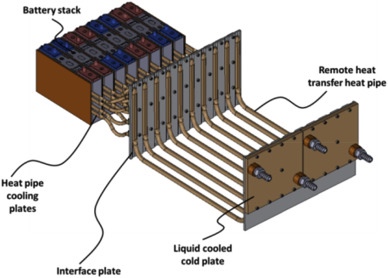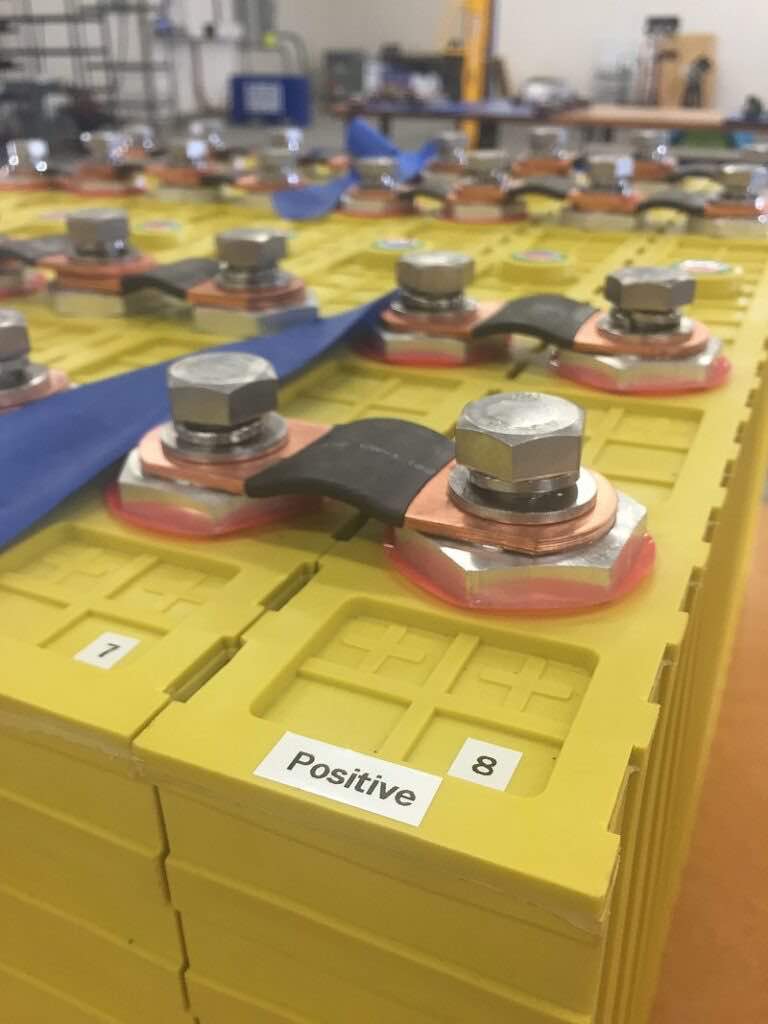Introduction:
Battery heating systems are a critical component of electric vehicles that help to maintain optimal battery performance and range in cold weather conditions. As the temperature drops, the efficiency of lithium-ion batteries decreases, resulting in reduced range and performance. Battery heating systems provide a solution to this problem by keeping the battery at a consistent temperature, ensuring that the vehicle can operate efficiently in all weather conditions. In this blog post, we will explore what a battery heating system is, how it works, its advantages and disadvantages, and its various applications.
What is a Battery Heating System?

A battery heating system is a component of an electric vehicle that helps to maintain optimal battery performance and range in cold weather conditions. It works by regulating the temperature of the battery, ensuring that it stays within a specific range for maximum efficiency.
How Does a Battery Heating System Work?
Battery heating systems work by using an external source of heat to warm the battery. This can be done through a variety of methods, including electric resistance heating and heat pumps. The system is designed to maintain a consistent temperature, ensuring that the battery performs at its best in all weather conditions.
Advantages of Battery Heating Systems:

BHSs offer several advantages, including improved battery performance and efficiency in cold weather conditions, longer battery life, and increased range. They also help to reduce the environmental impact of electric vehicles by reducing the need for fossil fuels for heating.
Disadvantages of Battery Heating Systems:
BHSs can add additional weight and complexity to the electric vehicle, which can increase costs and reduce overall performance. They can also consume additional energy, reducing the vehicle’s range and efficiency.
Applications of Battery Heating Systems:
BHSs are primarily used in electric vehicles to maintain optimal battery performance and range in cold weather conditions. They are also used in renewable energy storage systems to ensure that the batteries perform at their best in all weather conditions.
Conclusion:

BHSs are a critical component of electric vehicles and renewable energy storage systems that help to maintain optimal battery performance and range in cold weather conditions. While they do have some disadvantages, the benefits of battery heating systems make them a necessary component of modern electric vehicles. As technology continues to evolve, we can expect to see even more advanced and efficient battery heating systems in the future.
FAQs:
Q1. What is a battery heating system?
Answer: A BHS is a component of an electric vehicle that helps to maintain optimal battery performance and range in cold weather conditions by regulating the temperature of the battery.
Q2. Why do electric vehicle batteries need to be heated?
Answer: The efficiency of lithium-ion batteries decreases in cold weather conditions, resulting in reduced range and performance. Battery heating systems help to maintain optimal battery performance and range in cold weather conditions by regulating the temperature of the battery.
Q3. How does a BHS work?
Answer: BHS is work by using an external source of heat to warm the battery. This can be done through a variety of methods, including electric resistance heating and heat pumps.
Q4. What are the advantages of BHSs?
Answer: Battery heating systems offer several advantages, including improved battery performance and efficiency in cold weather conditions, longer battery life, and increased range. They also help to reduce the environmental impact of electric vehicles by reducing the need for fossil fuels for heating.
Q5. What are the disadvantages of BHSs?
Answer: BHSs can add additional weight and complexity to the electric vehicle, which can increase costs and reduce overall performance. They can also consume additional energy, reducing the vehicle’s range and efficiency.
Q6. What types of BHSs are available?
Answer: There are several types of BHSs available, including electric resistance heating, heat pumps, and liquid heating systems.
Q7. How much energy does a BHS consume?
Answer: The amount of energy consumed by a BHS depends on several factors, including the size of the battery, the type of heating system, and the temperature outside. In general, battery heating systems consume additional energy, reducing the vehicle’s range and efficiency.
Q8. Can BHSs be turned off?
Answer: Yes, BHSs can be turned off, but doing so may reduce the vehicle’s range and performance in cold weather conditions.
Q9. Do all electric vehicles have BHSs ?
Answer: Not all electric vehicles have BHS, but most modern electric vehicles are equipped with some form of battery heating system to maintain optimal battery performance and range in cold weather conditions.
Q10. Can battery heating systems be used in renewable energy storage systems?
Answer: Yes, BHSs s can be used in renewable energy storage systems to ensure that the batteries perform at their best in all weather conditions.























